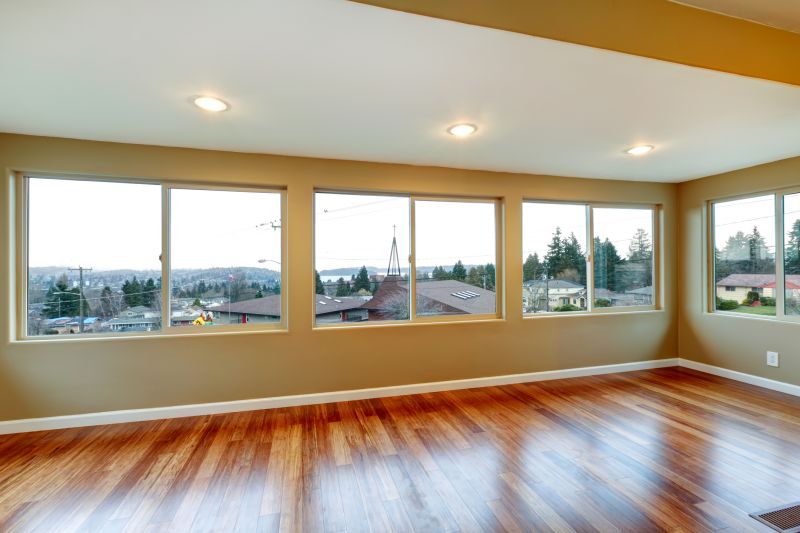Optimal Timing for Windows Installations
Choosing the optimal time for Windows installations ensures minimal disruption and optimal system performance. Factors such as weather conditions, hardware availability, and user schedules can influence the best timing for these updates. Proper planning can lead to smoother transitions and reduced downtime.
Spring and fall often provide ideal weather conditions, reducing the risk of weather-related delays during installation processes.
Early mornings or late evenings are recommended to minimize impact on daily operations and maximize available support.
Scheduling during periods of hardware stock replenishment can ensure necessary components are available for a seamless installation.
Aligning installations with low-traffic periods minimizes disruption to daily activities and productivity.

Technicians performing a Windows installation on a desktop computer.

Installing new hardware components for Windows setup.

Testing system compatibility before finalizing Windows installation.

Technicians providing support during Windows setup.
| Aspect | Best Practices |
|---|---|
| Weather Conditions | Schedule during mild weather to avoid delays caused by storms or extreme temperatures. |
| Business Hours | Plan installations outside peak business hours to reduce operational impact. |
| Hardware Availability | Coordinate with suppliers to ensure hardware components are available when needed. |
| System Backup | Perform backups prior to installation to prevent data loss. |
| Technical Support | Arrange for technical support during scheduled times for troubleshooting. |
| User Notification | Inform users about scheduled installation times to prepare for potential downtime. |
| Post-Installation Testing | Allow time for testing system stability after installation. |
| Maintenance Windows | Utilize scheduled maintenance windows for large-scale updates. |
Windows installations are a critical component of maintaining and upgrading computer systems. They involve updating or replacing operating system components to improve performance, security, and compatibility. Proper timing of these installations can significantly impact efficiency and system stability.

Server being configured with a new Windows installation.

Preparing a workstation for Windows upgrade.

Technician actively installing Windows on a computer.

Configuring settings after Windows installation.

Ways to make Windows Installations work in tight or awkward layouts.

Popular materials for Windows Installations and why they hold up over time.

Simple add-ons that improve Windows Installations without blowing the budget.
Statistics indicate that scheduling Windows installations during planned maintenance windows can reduce downtime by up to 30%. Ensuring compatibility and performing thorough backups beforehand are essential steps. These practices help prevent data loss and minimize operational disruptions.

A technician installing Windows on a desktop.

Backing up data before Windows installation.

Running tests to ensure system compatibility.

Verifying system stability after installation.
Interested in scheduling a Windows installation? Filling out the contact form provides an opportunity to discuss timing options that best suit specific needs. Proper planning ensures a smooth upgrade process with minimal impact on daily operations.



